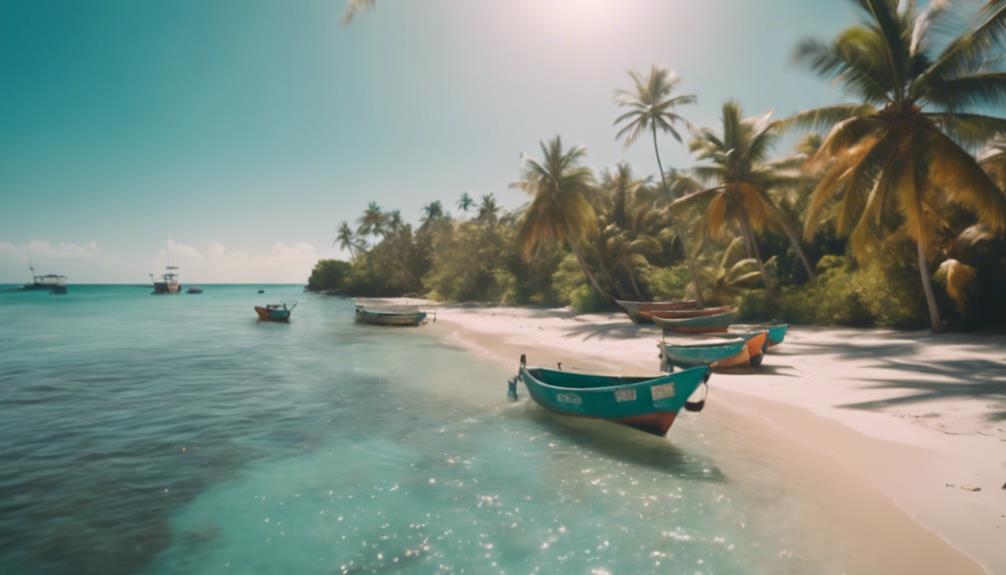Fishing is a beloved pastime for many people around the world, providing not just recreation but also relaxation and an opportunity to connect with nature. However, before casting your line into the water, it’s essential to understand the requirements, including the cost of a fishing license. In this article, we will delve into the factors that affect the price of a fishing license and offer insights on where and how to obtain one.
Understanding the Basics of Fishing Licenses
A fishing license is a legal requirement in many jurisdictions that allows individuals to fish in public waters. The primary purpose of a fishing license is to regulate fish populations and promote sustainable fishing practices. These licenses are typically issued by state or provincial governments and can vary significantly in terms of cost, duration, and specific fishing rights. The price of a fishing license can depend on various factors, including age, residency status, and the type of fishing you plan to do.
Factors Influencing the Cost of Fishing Licenses
The cost of a fishing license can vary based on several key factors. Firstly, residency plays a crucial role; residents of a state or province usually pay lower fees compared to non-residents. Additionally, the type of fishing you intend to undertake—whether freshwater, saltwater, or a combination—can influence the price. There are also different types of licenses available, such as annual, short-term, or lifetime licenses, each with its own pricing structure. Furthermore, some locations may offer discounts for seniors, veterans, or youth, which can impact the overall cost.
Average Fishing License Prices by State
While the cost of a fishing license can fluctuate from year to year, it’s helpful to have an idea of the average prices across various states. For instance, as of 2023, a resident fishing license in California can cost around $52.66, while a non-resident license may set you back approximately $142. In contrast, states like Texas offer a resident license for about $30 and a non-resident license for around $58. These examples highlight the importance of checking with your local fish and wildlife agency for the specific prices in your area.
Types of Fishing Licenses Available
When considering how much a fishing license costs, it’s essential to understand the different types available. Most states offer multiple options, including annual licenses, which allow fishing for a full year, and short-term licenses, which can range from one day to several days. There are also specialized licenses, such as those for saltwater fishing or for specific bodies of water. Understanding these options can help you choose the one that best suits your fishing habits and budget.
How to Purchase a Fishing License
Purchasing a fishing license is generally a straightforward process. Most states allow you to buy a license online through their official fish and wildlife agency websites. Alternatively, licenses can often be obtained at local sporting goods stores, bait shops, or government offices. When purchasing a license, be prepared to provide personal information, including your name, address, date of birth, and sometimes even your Social Security number. Payment methods can vary, but most accept credit cards, debit cards, and sometimes cash.
Renewing Your Fishing License: What You Need to Know
If you’re an avid angler, keeping your fishing license up to date is crucial. Most fishing licenses are valid for a set period, typically ranging from one year to multiple years. To renew your fishing license, you usually need to visit the same platform or location where you initially purchased it. Some states offer automatic renewals, while others may require you to provide updated information or documentation. Staying informed about your license’s expiration date can help you avoid fines or penalties for fishing without a valid license.
Understanding Fishing Regulations and Limits
Beyond the cost of a fishing license, it’s vital to familiarize yourself with fishing regulations and limits in your area. These rules are designed to protect fish populations and ensure sustainable fishing practices. Regulations can include limits on the size and number of fish you can catch, as well as specific seasons for fishing certain species. Your fishing license usually comes with information about these regulations, but it’s always a good idea to check your local fish and wildlife agency’s website for the most current guidelines.
The Importance of Supporting Conservation Efforts
Purchasing a fishing license does more than just grant you permission to fish; it also supports conservation efforts within your local ecosystem. The funds collected from fishing licenses are often allocated to habitat restoration, fish stocking programs, and other initiatives aimed at maintaining healthy fish populations and aquatic environments. By investing in a fishing license, you are contributing to the preservation of natural resources for future generations of anglers and wildlife enthusiasts.
In conclusion, understanding how much a fishing license costs is essential for anyone looking to enjoy this rewarding activity. Factors such as residency, type of fishing, and age can all influence the price. By familiarizing yourself with the different types of licenses available and knowing how to purchase and renew them, you can ensure a smooth fishing experience. Always remember to stay updated on fishing regulations and contribute to conservation efforts, making your fishing adventures enjoyable and responsible. Happy fishing!
